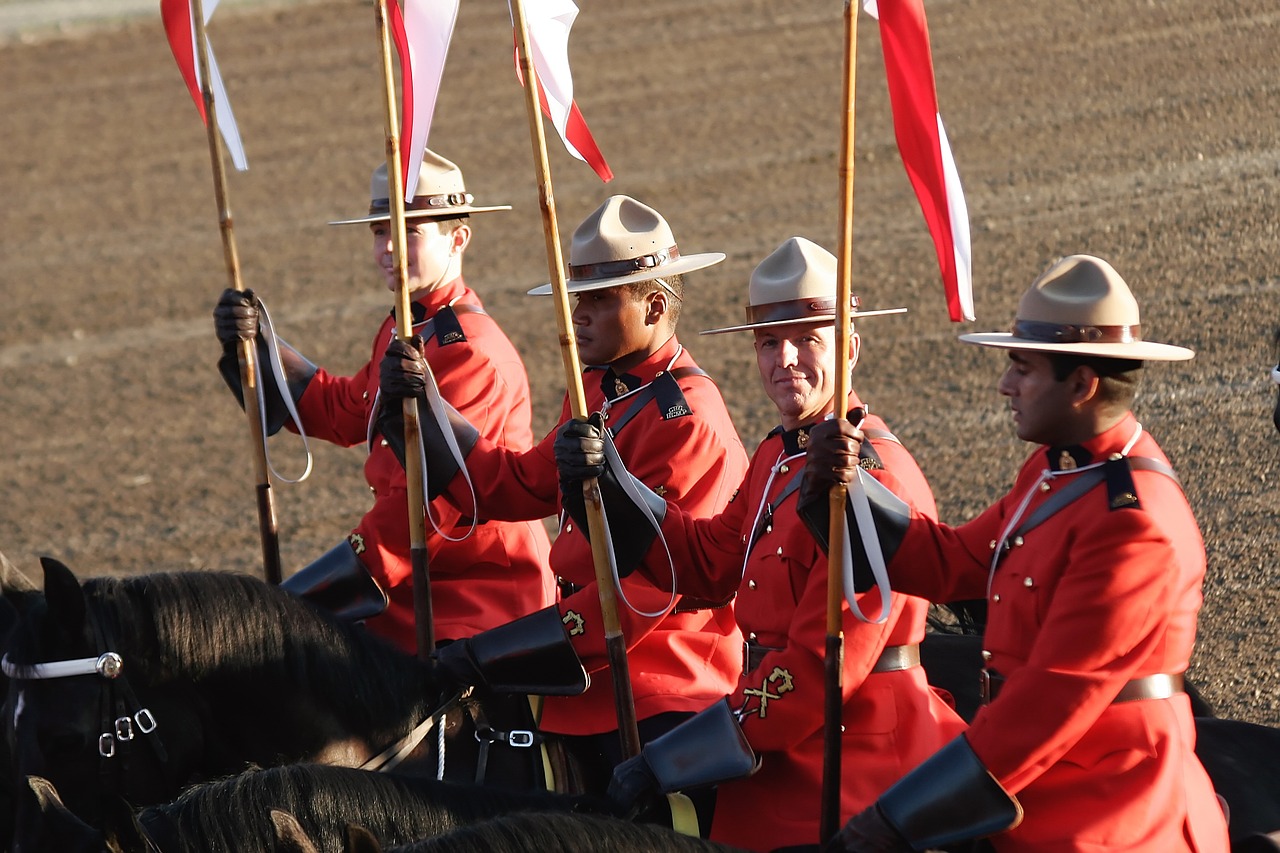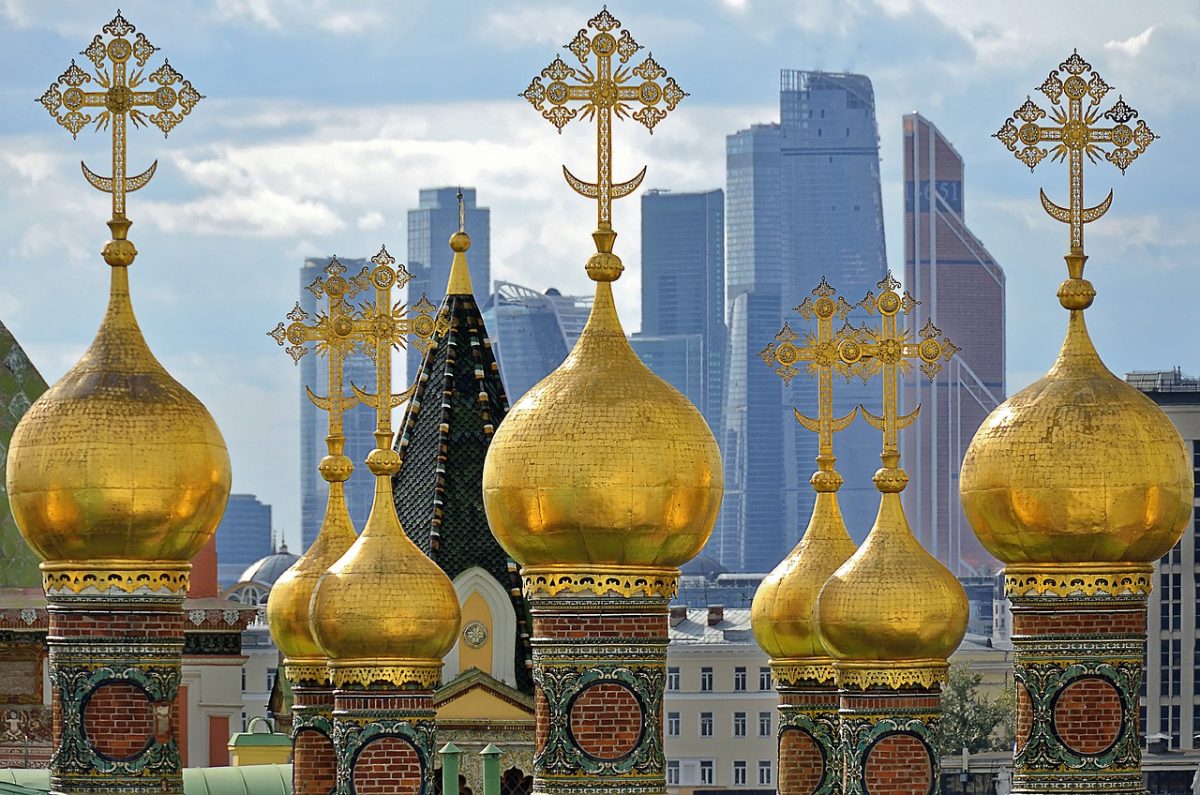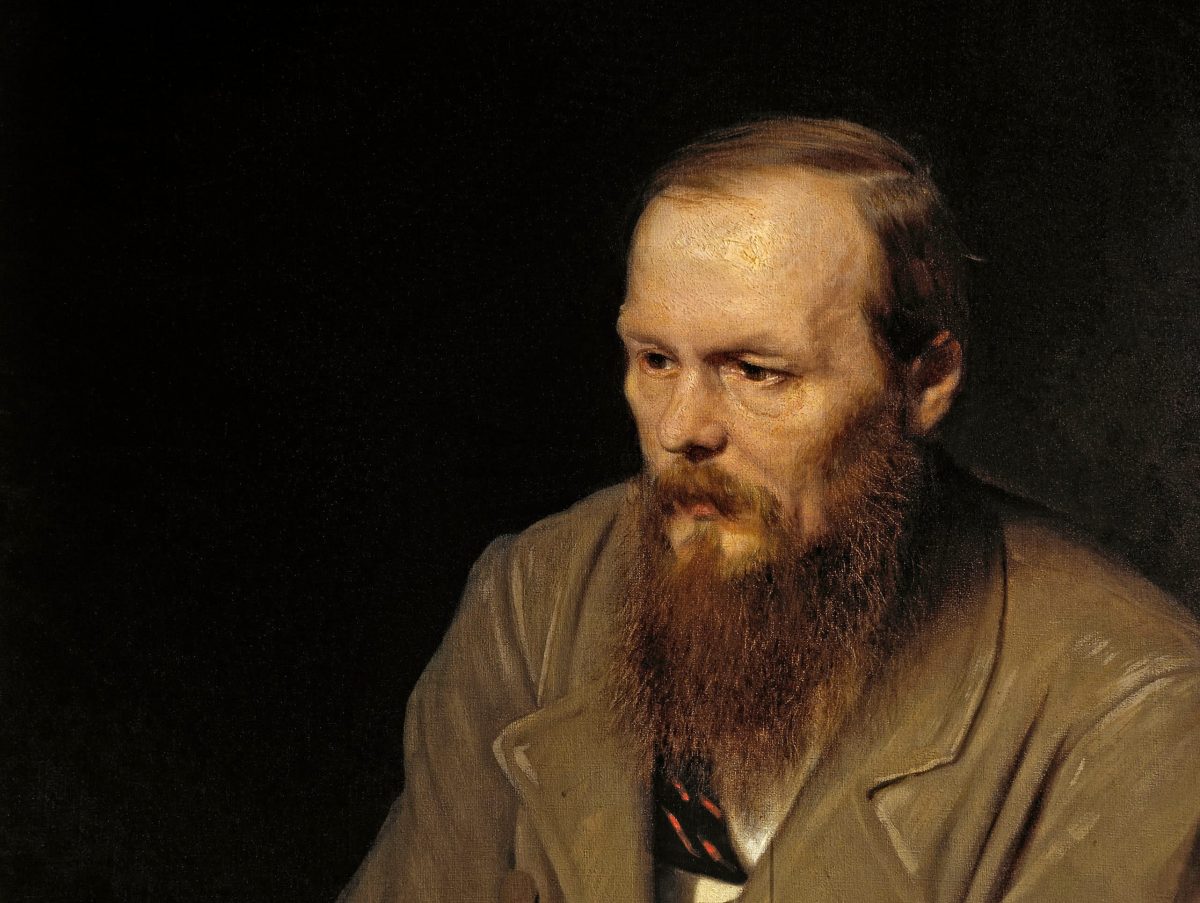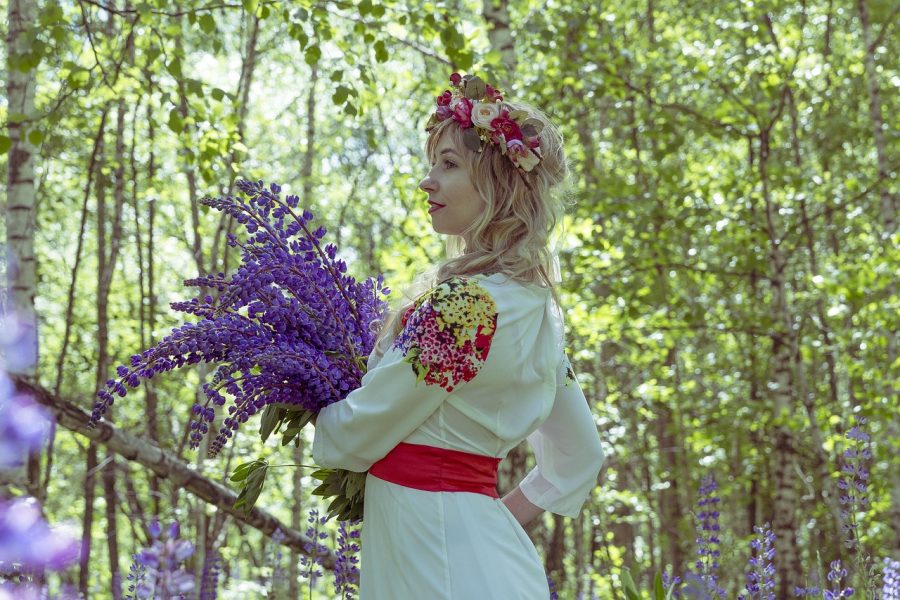Situated in the far north of the American continent, Canada is a multicultural country. The Canadian people are made up of various ethnic groups including the Canadian natives (the Inuits, the Métis and the first nations) and the emigrants from other parts of the planet who came here in search of a better life. The arrival of the Europeans caused a clash of civilizations in which the native Canadians were the great victims. The colonization of Canada destroyed much of the culture of the hundreds of tribes that inhabited this territory. Today, Canadian natives are well integrated into society, have specific laws that defend them, and their traditions are respected. The Canadian people continued to grow and become even more multicutural with the arrival of new waves of immigrants from Latin America and Asia. Canada is a country that guarantees its citizens a high quality of life and the Canadian people are known for their tolerance and respect for other cultures.
A) Native Canadian People
Native people in Canada comprise First Nations, Inuit (popularly known as Eskimos), and Métis. The Indian and Eskimo denominations are falling into disuse in the country. Old Crow Flats and Bluefish Caves are some of the oldest archaeological sites of human occupation in Canada. The paleoindians of the Clovis culture, Plano culture and Pre-Dorset preceded indigenous and Inuit cultures. Projectile tools, lances, ceramics, bracelets, chisels and scrapers mark archaeological sites, distinguishing cultural periods, traditions and styles of lytic reductions.
A1) First Nations
The Aboriginal peoples (also known as the First Nations) of Canada are divided into around historic 50 nations or tribes, which are split into more than 600 smaller bands. These are usually grouped into six broad communities, based mostly on geography.
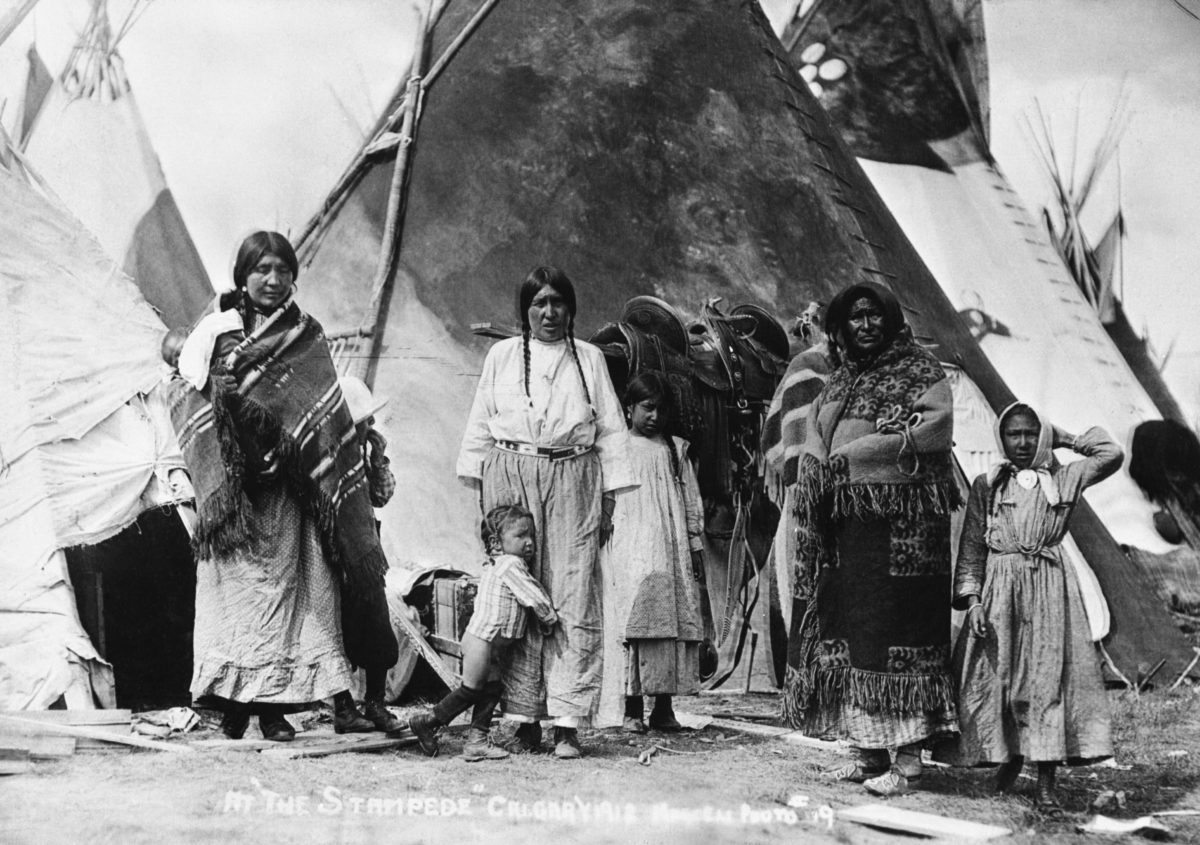
The six groups were: Woodland First Nations, who lived in dense boreal forest in the eastern part of the country; Iroquoian First Nations, who inhabited the southernmost area, a fertile land suitable for planting corn, beans and squash; Plains First Nations, who lived on the grasslands of the Prairies; Plateau First Nations, whose geography ranged from semi-desert conditions in the south to high mountains and dense forest in the north; Pacific Coast First Nations, who had access to abundant salmon and shellfish and the gigantic red cedar for building huge houses; and the First Nations of the Mackenzie and Yukon River Basins, whose harsh environment consisted of dark forests, barren lands and the swampy terrain known as muskeg.
A2) Inuits
The Inuit (“the people” in the Inuktitut language) are members of the indigenous Eskimo nation that inhabit the Arctic regions of Canada, Alaska, and Greenland. In the fifteenth century, the Inuits established their first contacts with French whalers and cod fishers.
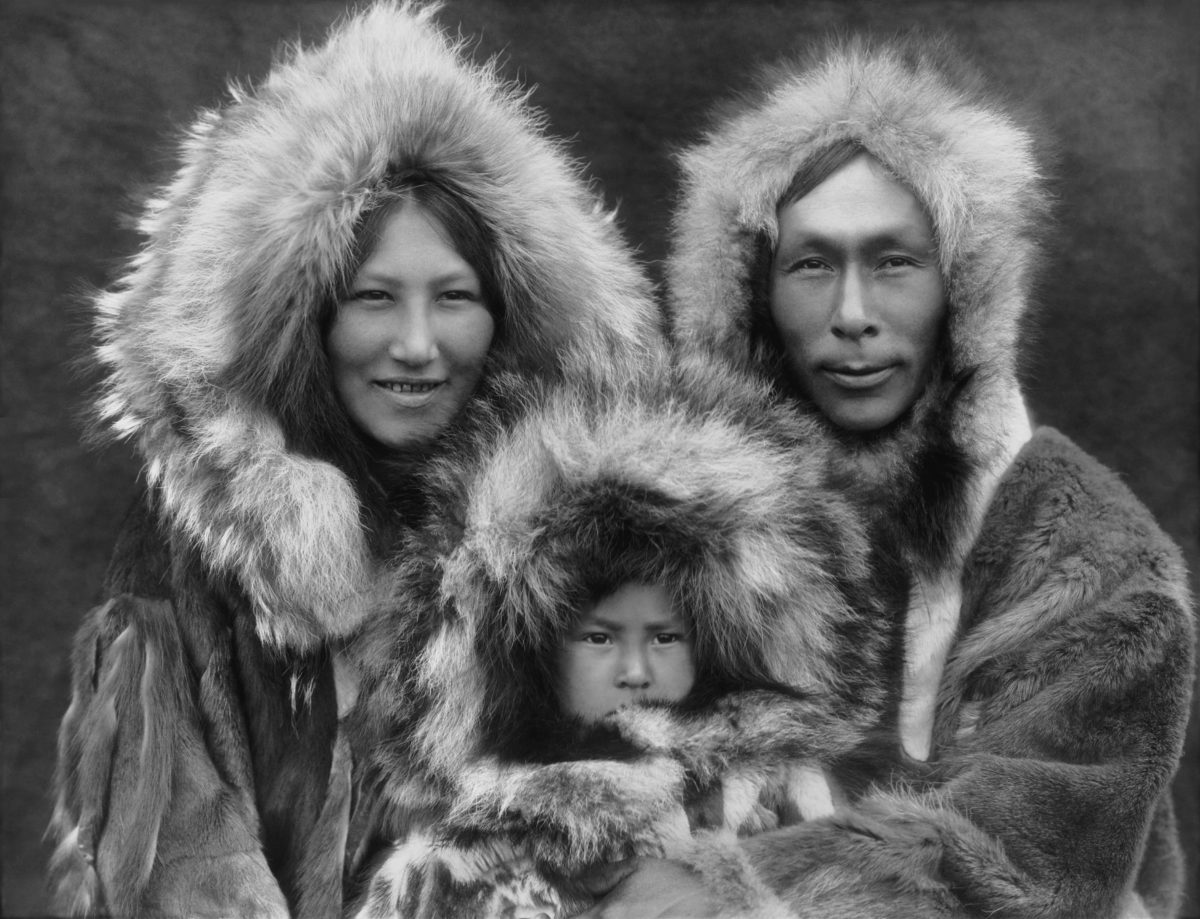
They quickly developed relationships with Europeans based on the fur trade. Canada is home to a quarter of the world’s Inuit population (formerly called the “Eskimos”). Today, the majority live in about 40 small and remote communities along the northern coast of the Canadian mainland and in the Arctic islands, which span 400 km and five time zones.
A3) Métis
Metis is one of three recognized native Canadian groups (the other two are the Indigenous and Inuit), whose homeland consisted of the current Canadian provinces of Ontario, Manitoba, Saskatchewan, Alberta, British Columbia, and the Northwest Territories. Métis is a mixed race. Métis are descendants of Europeans (French, English and Scots) and indigenous (Cree, Ojibway and Saulteaux).
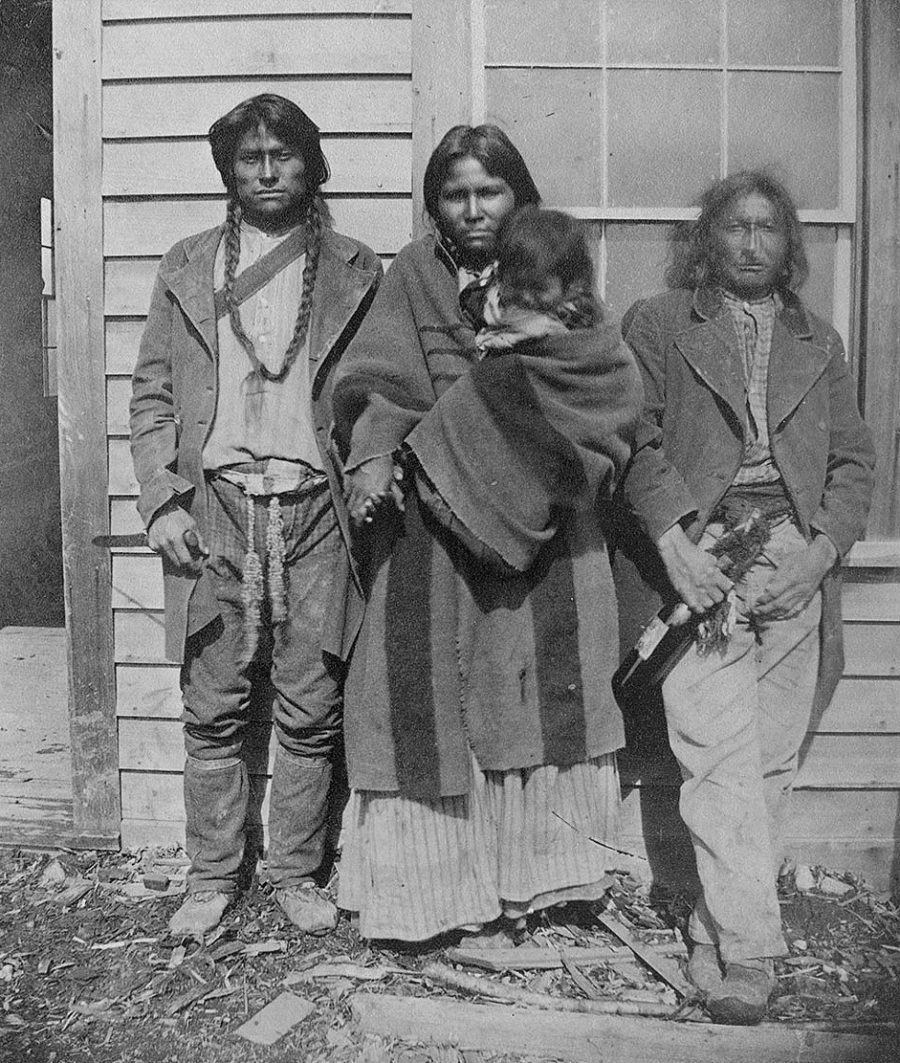
The word métis is of French origin, which means “mestizo”. Métis are identified as descendants generated from the marriage of Europeans with women of indigenous origin. They speak the michif, a language that arose from the combination of French with native languages. The main activity of these people was the hunting of buffalo, but later they began to act as interpreters between settlers and indigenous groups, since they knew the two languages.
B) European Canadian People
While the first contact with Europeans and indigenous peoples in Canada had occurred a century or more before, the first group of permanent settlers were the French, who founded the New France settlements, in present-day Quebec and Ontario; and Acadia, in present-day Nova Scotia and New Brunswick, during the early part of the 17th century. Approximately 100 Irish-born families would settle the Saint Lawrence Valley by 1700, assimilating into the Canadien population and culture.
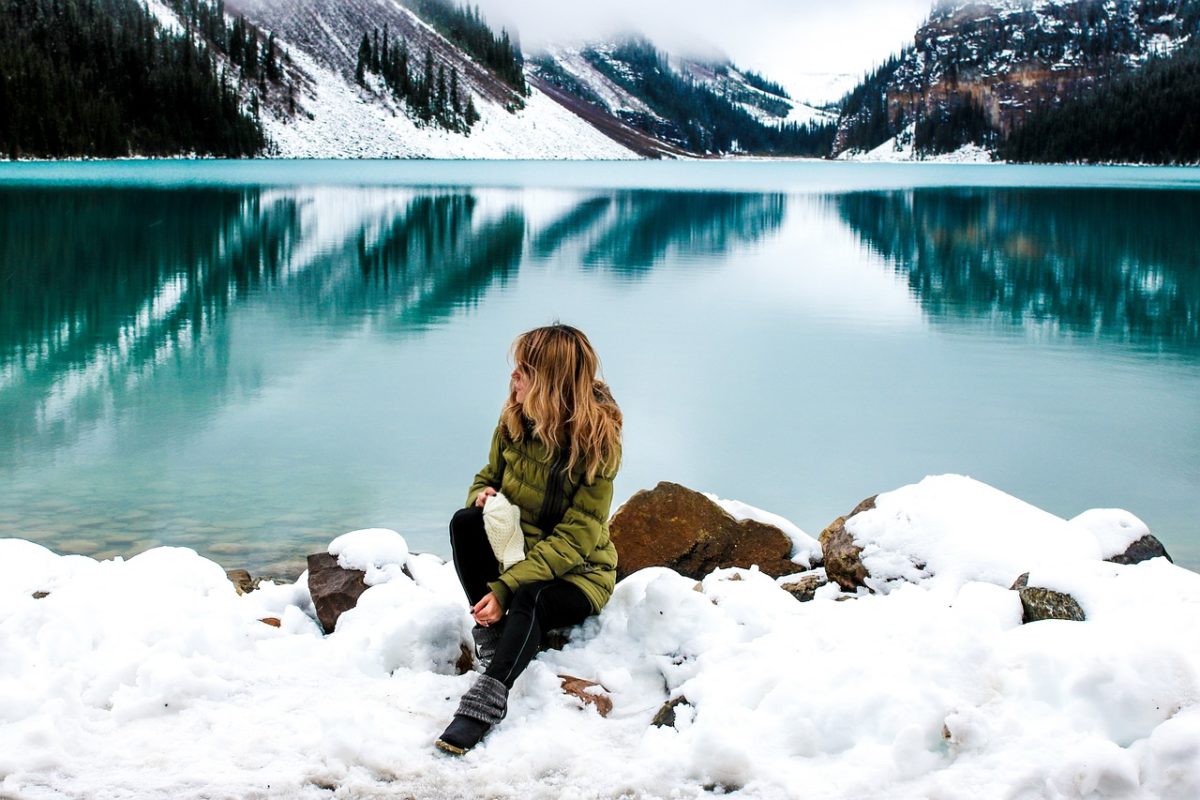
During the 18th and 19th century; immigration westward (to the area known as Rupert’s Land) was carried out by “Voyageurs”; French settlers working for the North West Company; and by British settlers (English and Scottish) representing the Hudson’s Bay Company, coupled with independent entrepreneurial woodsman called “Coureur des bois”. This arrival of newcomers led to the creation of the Métis, an ethnic group of mixed European and First Nations parentage. The British conquest of New France was preceded by a small number of Germans and Swedes who settled alongside the Scottish in Port Royal, Nova Scotia, while some Irish immigrated to the Colony of Newfoundland.
B1) French Canadian People
Co-existing (often uneasily) with the Anglos are the French-Canadians, or Francophones, who represent the second-largest ethno-demographic in Canada — around 16 per cent of the national population. Concentrated almost entirely in the province of Quebec, French-Canadians are sometimes considered a unique North American race since the majority of French immigration to Canada ended after the French Empire was kicked out of North America in the late 18th century. Most French-Canadians thus trace their roots back to a very small community of inter-marrying colonial families, sometimes known as the Québécois de souche, who survived mostly through high Catholic birthrates.

The perseverance of the French-Canadians in a country that was as overtly and aggressively British as Canada is one of the great demographic success stories of history, and is now often applauded — even by Anglos — as a vital component of Canada’s cultural identity. As a result, small French communities outside of Quebec, such as Franco-Ontarians, Franco-Manitobans, or Acadians (descendants of French settlers in the Maritime provinces) are likely to enjoy explicit cultural protection and support from the federal government, since they help reinforce the idea of Canada as a country with a strong French presence from coast to coast.
B2) English Canadian People
Canadians of British descent, known as English-Canadians, Anglophones, or simply Anglos, have traditionally comprised the majority of people in all Canadian provinces and have a long history of trying to aggressively shape the country to reflect the culture and traditions of their motherland. This cultural dominance helps explain why Canada remained a colony of the British Empire for as long as it did, why it fought so eagerly for the British side in both world wars, why it took so long to take the Union Jack off the Canadian flag, and why institutions like the monarchy survive to this day.

British immigrants came in waves; some Anglo-Canadian families have been living in Canada so long they have no idea when their forefathers first sailed over, some are the descendants of Loyalists who fled the American Revolution (1776-1783) while others may be the offspring of English or Scottish workers who left the British Isles during the 20th century. Motivated by a desire to keep Canada British, Canadian law favoured immigrants from the United Kingdom quite explicitly — until 1976, there was no legal difference between a “Canadian Citizen” and a “British Subject.” For any Brit who had the money to travel, migration to Canada was pretty easy.
B3) Other European Canadian People
After French and English, the most common European backgrounds claimed by Canadians are Irish (14 per cent), German (10 per cent), and Italian (four per cent). Though all three groups are now quite assimilated into the larger English-Canadian mainstream, in the late 19th century all initially faced something of a hard time when their forefathers first began to immigrate to Canada in large numbers. Poorly educated, lacking strong skills in English, and facing suspicion over their Catholic faith, many lived in urban ghettos or worked as sustenance farmers for generations before moving into comfortable middle class life. In the early 20th century, Canadian prairies were settled by sizable amounts of immigrants from Eastern Europe (particularly Ukraine and Poland) and Scandinavia, who served as homesteader farmers in the new provinces of Alberta, Saskatchewan, and Manitoba.
C) Asian Canadian People
After whites, Canada’s largest ethnic group is Asians, a term Canadians generally use to refer to people from the Pacific nations of China, Korea, Japan, Vietnam, and the Philippines. Though bureaucrats and demographers sometimes use the term “Asian” to refer to people from the Indian Ocean region too, such as Indians, Pakistanis, Sri Lankans, and Bangladeshis, in day-to-day conversation most Canadians refer to these folks as Indo-Canadians, East Indians, or South Asians.

Both categories of Asians have been present in Canada for over a century. Imported Chinese labourers — who were specifically recruited for their willingness to work for low pay in dangerous conditions — were crucial to securing the construction of the Canadian Pacific Railroad, while some East Indians were able to overcome bigotry and establish themselves as successful merchants in British Columbia. Today, however, the vast majority of Asians and South Asians in Canada are either new immigrants or their children, the fruits of Canada’s aggressive intake of immigrants since the 1960s.
D) Latin American Canadian People
Latin Americans are some of the most recent cultural groups to arrive in Canada however the number of people reporting Latin American origins has grown quickly. Between 1996 and 2001 the number of Latin Americans in Canada increased 32%, while the overall population grew by 4% during the same period.

According to Statistics Canada there were almost 250 000 Latin Americans in Canada in 2001, and by 2006 their numbers had grown to over 527 000. The growth of this segment of the population is due to immigration; the majority of people of Latin American origins report being born outside Canada.
E) Black Canadian People
After Asians and East Indians, blacks comprise Canada’s largest population of visible minorities, at around three per cent of the population. The vast majority of these come from recent immigrant families from either Africa or the Caribbean, but there remains a small minority of black Canadians whose roots trace back to the millions of African slaves imported to North America during the long era of the Atlantic Slave Trade (c. 1452-1807).

Canada’s relationship with people of African descent has always been complicated. On the one hand, the fact that the British Empire outlawed slavery in 1833, several decades before the United States, was often held as a symbol of pride, and Canadians enjoyed hearing stories of American slaves who were able to escape to freedom in Canada via the Underground Railroad and other covert human-smuggling networks. On the other hand, a lot of Canadians blamed blacks for the social ills of America, and weren’t too keen to live alongside them.
